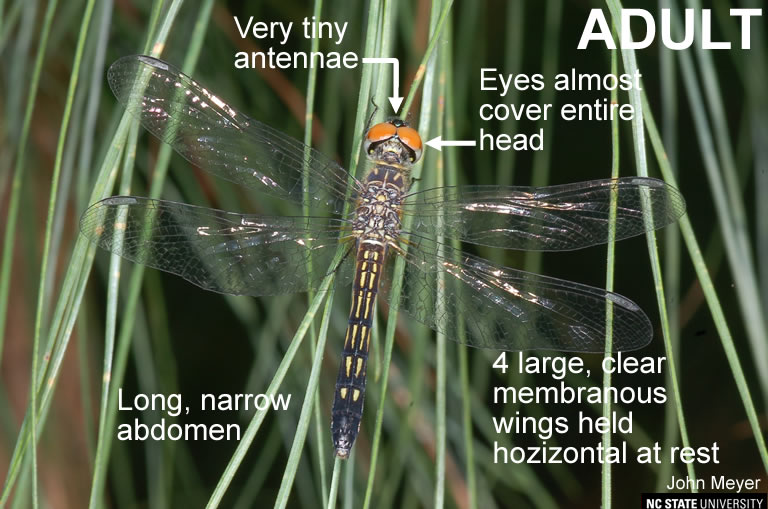Dragonfly
go.ncsu.edu/readext?563174
en Español / em Português
El inglés es el idioma de control de esta página. En la medida en que haya algún conflicto entre la traducción al inglés y la traducción, el inglés prevalece.
Al hacer clic en el enlace de traducción se activa un servicio de traducción gratuito para convertir la página al español. Al igual que con cualquier traducción por Internet, la conversión no es sensible al contexto y puede que no traduzca el texto en su significado original. NC State Extension no garantiza la exactitud del texto traducido. Por favor, tenga en cuenta que algunas aplicaciones y/o servicios pueden no funcionar como se espera cuando se traducen.
Português
Inglês é o idioma de controle desta página. Na medida que haja algum conflito entre o texto original em Inglês e a tradução, o Inglês prevalece.
Ao clicar no link de tradução, um serviço gratuito de tradução será ativado para converter a página para o Português. Como em qualquer tradução pela internet, a conversão não é sensivel ao contexto e pode não ocorrer a tradução para o significado orginal. O serviço de Extensão da Carolina do Norte (NC State Extension) não garante a exatidão do texto traduzido. Por favor, observe que algumas funções ou serviços podem não funcionar como esperado após a tradução.
English
English is the controlling language of this page. To the extent there is any conflict between the English text and the translation, English controls.
Clicking on the translation link activates a free translation service to convert the page to Spanish. As with any Internet translation, the conversion is not context-sensitive and may not translate the text to its original meaning. NC State Extension does not guarantee the accuracy of the translated text. Please note that some applications and/or services may not function as expected when translated.
Collapse ▲- Common Name: Dragonfly
- General Category: Predator
- Taxonomic Classification: Odonata: Anisoptera
- Scientific Name: Many species
Description
Dragonflies are iconic insects that are widely seen and recognized. Dragonfly adults are generalist predators that use their bristly legs to scoop up whichever day-flying insects are abundant, often flies. They are extremely agile, fast fliers. The aquatic nymphs (naiads) feed on a variety of aquatic organisms, including mosquito larvae. Because most of the life cycle (one to several years) is spent in the nymphal stage, dragonflies require a permanent body of water.


Identification
Review the images for tips on how to identify these predators.
Adults
Huge eyes that cover most of the head. Tiny antennae. Two pairs of large clear wings that cannot be folded at rest. Long, narrow abdomen. Many different colors.
Nymphs
Aquatic nymphs (called naiads) crawl out of water when full grown so adults can emerge (eclose), leaving empty nymphal skin behind. Extendible mandibles that can catch prey from some distance away (see video). Well developed eyes on large head. Robust body, sometimes camouflaged.
Value in Pest Management
Because mosquitoes are included in the diet of both adults and naiads, dragonflies contribute to natural control of these pest insects. They are not sold commercially.
Origin and Distribution
Native, throughout eastern North America.


